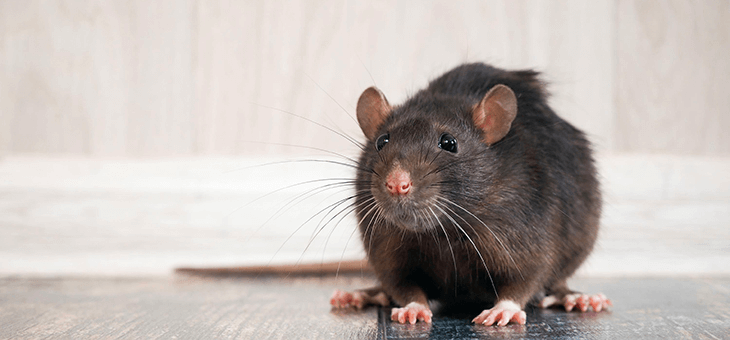You’ve heard the expressions, ‘bats in the belfry’ and ‘rats in the ranks’. Well, how about ‘rats in the radiator’? Or ‘vermin in the V8’?
Okay, those last two might not catch on, but they do hint at a problem which, while it sounds weird, turns out not to be uncommon: rats chewing their way through car components and causing serious damage that is very expensive to fix.
If this has happened to you recently, you can take some comfort in the knowledge that you are not alone. Mechanics have had car owners turn up with rat problems for as long as cars have been around, particularly in colder months.
Read: Did you think the bubonic plague was history?
And the reason? Lots of lovely, warm nooks and crannies cars offer under the bonnet. Rats chew through wires, tubes and pretty much whatever they can get teeth into, and then curl up for a nice little snooze.
Many people believe it’s the taste of the wires that attracts them. In fact, one myth suggests that manufacturers use soy in making wires. But that really is a myth. The rats are generally not actually eating the wiring, just chewing on it.
They do this to keep their teeth trimmed. Unlike our teeth, those of rats just keep growing. If not kept trim through chewing, they can grow so long that eating becomes difficult or even impossible.
Read: Keeping mice and rats out of your home
How can I tell if my car has rats?
According to Hobart mechanic Scott Haynes, many car owners only find out about the rats when he tells them. It could be after the car has broken down or even just during a routine service.
Of course, it would be best to find out before any serious damage is done. (And it can be very serious. Mr Haynes saw one vehicle sustain a whopping $9000 in damage.) Early telltale signs are the same as you’d find in your house: chewed upholstery, droppings or an odd odour.
You might even find a mouse or rat nesting in the box that houses the vehicle’s air filter, which for a rodent is a warm and protected spot in which to reside. You can inspect this space by removing the top, which is usually affixed by a pair of clips.
Read: What do all those electric vehicle terms mean?
What can be done to keep rodents at bay?
Again, the standard solutions are similar to the household ones: mouse or rat traps and repellents, keeping the car clear of food and leftovers. Some of the more imaginative ideas include turning up the heat and or the volume in the car to drive the rodents away, although this will not be practical for all.
Nowadays, car mechanics worldwide are more frequently seeing this type of damage. One of the likely reasons is the pandemic and the travel restrictions that came into force everywhere.
As a result, more cars have been sitting idle for longer, which is virtually an open invitation to rats to “come inside and get warm”.
So, to keep ‘rats out of the ranks’, keep your car clean and keep it moving.
Have you found evidence of rats in your car? How did you deal with it? Why not share your experience and thoughts in the comments section below?


A handy tip when you have travelled to fish the inland rivers for yellowbelly and perch is to lift the bonnet of your 4WD before nightfall so that the motor cools quicker. Rats that frequent those rivers just love a good feed of wiring and fuel injector hoses. Same applies when caravanning with stops at free camps.